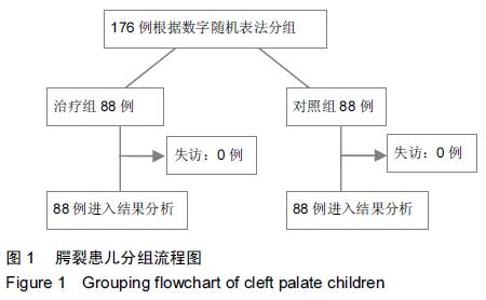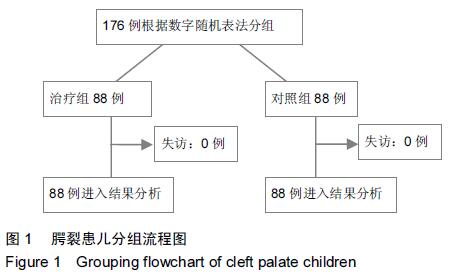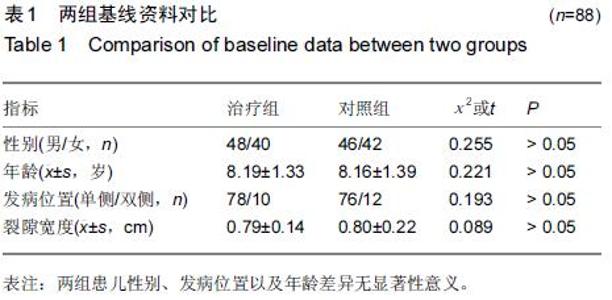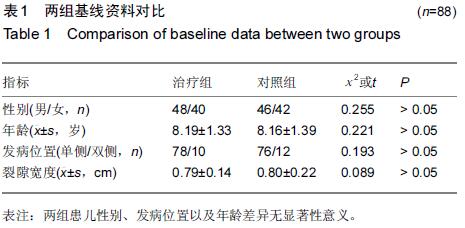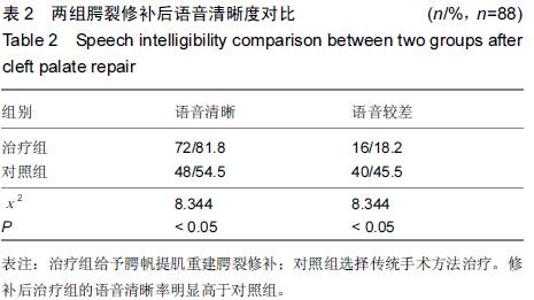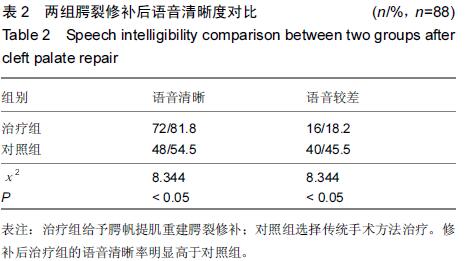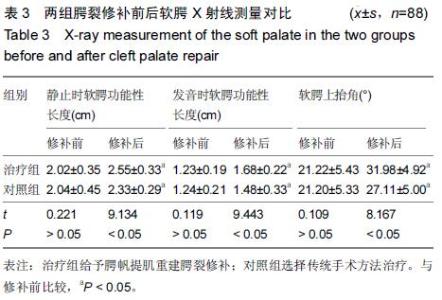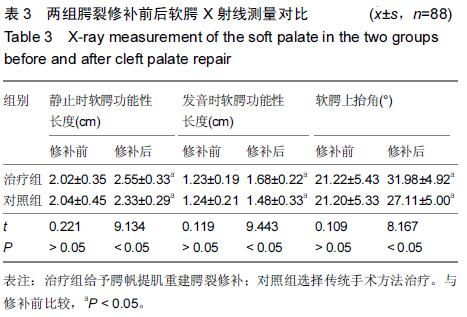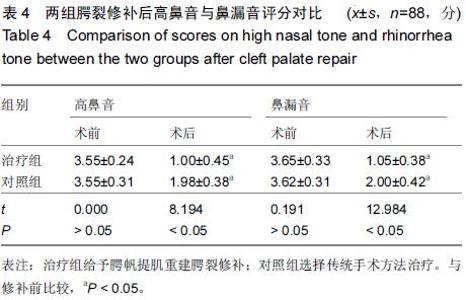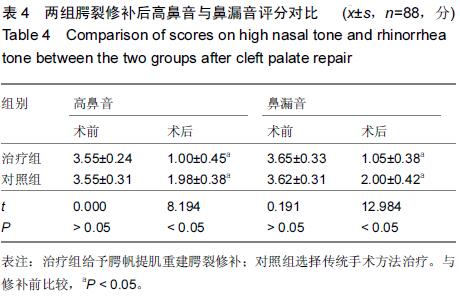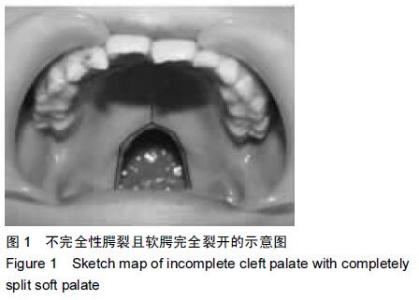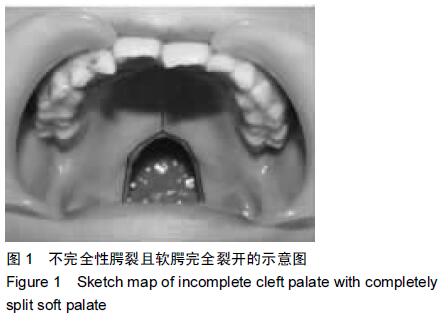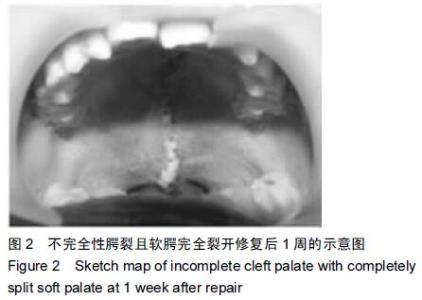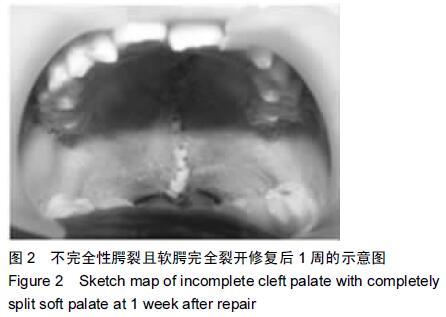|
[1] 尹恒,马利,郭春,等.大年龄腭裂患者治疗状况的调查[J]. 临床口腔医学杂志,2011,27(10):619-621.
[2] Sullivan SR,Marrinan EM,LaBrie RA,et al.Palatoplasty outcomes in nonsyndromic patients with cleft palate:a 29-year assessment of surgeon’s experience.J Craniofac Surg. 2012; 20(1):612-615.
[3] 冯晓东,贺雪,牛谦云.120例腭裂患者术后语音治疗的临床观察[J].中国现代医生,2015,53(6):78-80.
[4] 邱芬芳,施星辉.腭裂术后患者的听力对不同频率辅音辨别的影响[J].实用口腔医学杂志,2014,6(13):819-822.
[5] Bo C, Ningbei Y. Reconstruction of upper lip muscle system by anatomy, magnetic resonance imaging, and serial histological sections.J Craniofac Surg.2014;25(1):48-54.
[6] 马思维,卢丽,杨彬婷,等.腭裂术后塞音习得水平与语音发展的相关性研究[J].实用口腔医学杂志,2015,2(9):250-254.
[7] 杨阳,蒋莉萍,刘琼,等.国内42家医疗机构腭裂术后语音治疗现状调查[J].中国口腔颌面外科杂志,2014,12(1):25-29.
[8] Kobayashi S, Tanaka M, Ohashi Y, et al. Functional reconstruction of epignathus with cleft palate using part of a mature teratoma.Cleft Palate Craniofac J.2012;49(6):69-74.
[9] 蒋榕林,李军,唐增斌,等.改良兰氏法在腭裂早期修复中的应用[J].微创医学,2011,6(5):392-394.
[10] 杨涛,李毅,王珂,等.儿童牙齿错颌与语音功能的相关分析[J].中国妇幼保健,2014,29(6):882-883.
[11] Lu Y, Shi B, Zheng Q, et al. Incidence of palatal fistula after palatoplasty with levator veli palatini retropositioning according to Sommerlad.Br J Oral Maxillofac Surg.2010; 48(8):637-640.
[12] 杨阳,蒋莉萍,刘琼,等.腭裂后腭裂异常语音治疗周期的研究[J].中华口腔医学杂志,2014,49(12):715-718.
[13] 石冰.外科治疗方案对唇腭裂患者颌面生长发育影响的探讨[J].中华口腔医学杂志,2014,49(12):708-712.
[14] Dinnewitzer A, Meissnitzer M, Meissnitzer T, et al. Dynamic magnetic resonance imaging evaluation of pelvic reconstruction with porcine dermal collagen mesh following extra-levator abdominoperineal excision for primary rectal cancer.Int J Colorectal Dis.2015;30(4):491-496.
[15] 金平亮,李小林,郭文筠,等.CSL评估腭帆提肌重建术修复大龄腭裂患者的语音效果[J].中国美容医学,2014,23(22):1885-1889.
[16] 周巧娟,尹恒,石冰.儿童功能性构音障碍的初步分析[J].华西口腔医学杂志,2008,26(4):391-395.
[17] 万延俊,徐明耀,张红闯,等.腭帆提肌重建联合岛状颊黏膜肌瓣在先天性腭裂中的应用[J].口腔医学研究,2012,28(2):178-180.
[18] Yin N, Wu J, Chen B, et al. Muscle tension line concept in nasolabial muscle complex--based on 3-dimensional reconstruction of nasolabial muscle fibers.J Craniofac Surg. 2015;26(2):469-472.
[19] 曹春雷,万延俊,张红闯,等.腭帆提肌重建联合咽后壁瓣术在先天性腭裂中的临床应用[J].口腔医学,2012,32(6):341-343.
|
